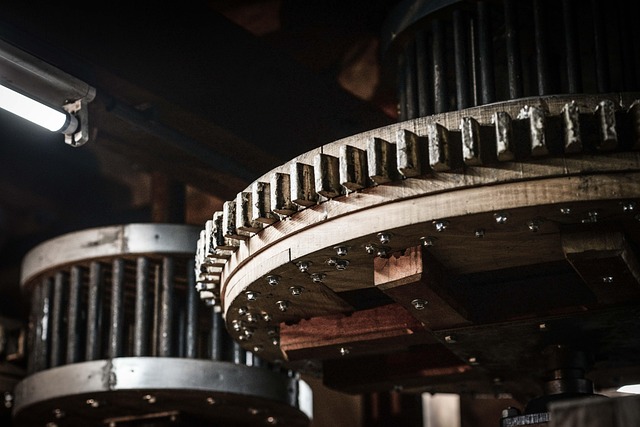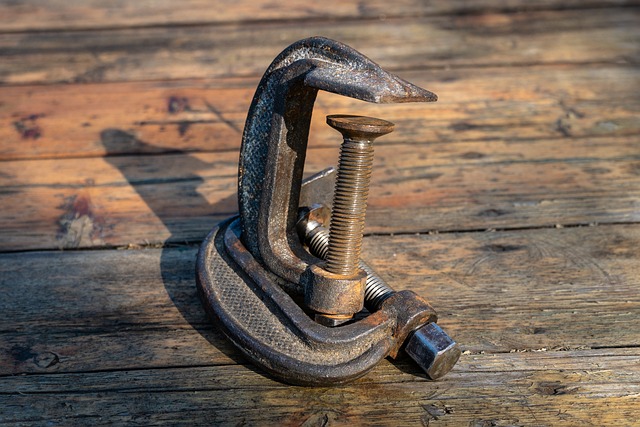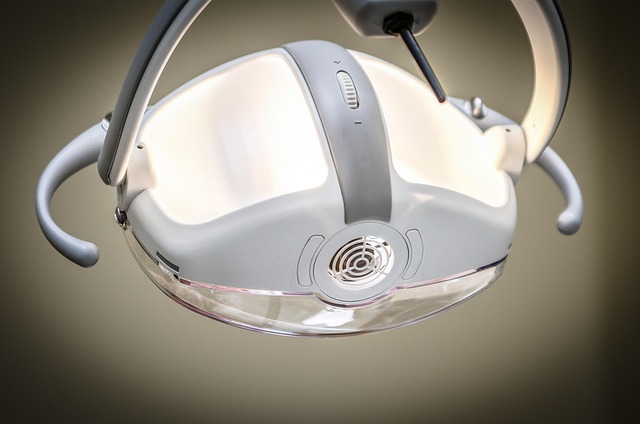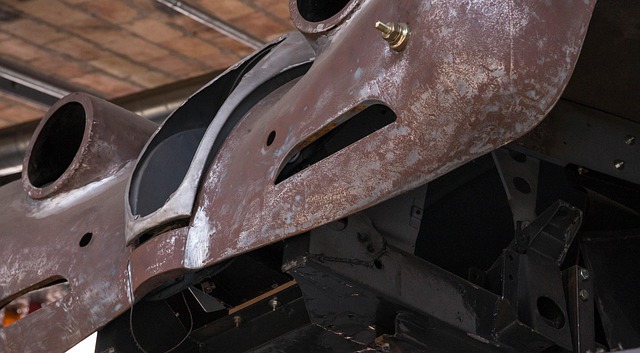Matte finish repair is a specialized surface treatment that restores materials to a flat, non-reflective appearance, popular in automotive body shops for hiding minor defects and offering a sophisticated look. Unlike glossy finishes, matte finishes are versatile, catering to historical restoration and modern design preferences. The choice between matte and gloss depends on visual preferences; matte hides imperfections while gloss shows them. Matte finish repair is recommended for complex designs and preserving original looks, especially in older or custom-painted vehicles, providing a discreet solution for dent, scratch, and scuff repairs.
Matte finish repair offers a distinct aesthetic compared to its glossy counterpart, enhancing surfaces with a non-reflective, subtle allure. This article delves into the unique approach of matte finish repair, exploring key differences between this and traditional gloss finishes. We’ll guide you through scenarios where matte repair excels, providing insights for optimal results. Discover why professionals favor this method for specific applications, ensuring lasting beauty with a touch of sophistication.
- Understanding Matte Finish Repair: A Unique Approach to Surface Treatment
- The Key Differences Between Matte and Gloss Finishes
- When to Choose Matte Finish Repair for Optimal Results
Understanding Matte Finish Repair: A Unique Approach to Surface Treatment

Matte finish repair is a specialized technique that treats and restores surfaces to achieve a flat, non-reflective appearance. Unlike gloss finishes, which boast high reflectivity and shine, matte finishes offer a subtle, low-luster look. This unique approach to surface treatment is particularly popular among car body shops and vehicle restoration enthusiasts. In the realm of vehicle repair, matte finish repair can be employed to fix scuffs, scratches, and other imperfections on car bodies, providing an aesthetically pleasing alternative to more reflective coatings.
The process involves careful application of specialized materials that create a smooth, non-glittering surface. This method is often sought after for its ability to conceal minor defects while adding a touch of sophistication to the vehicle’s exterior. In the context of vehicle restoration, matte finish repair allows restorers to achieve historical accuracy or create a distinctive, modern look—a versatile option catering to diverse customer preferences in the car body shop industry.
The Key Differences Between Matte and Gloss Finishes

The key differences between matte and gloss finishes lie in their visual appeal and how they interact with light. Matte finishes are non-reflective, creating a soft and flat appearance that absorbs light rather than reflecting it. This makes them less prone to showing off imperfections like scratches or dents compared to gloss finishes. In a car body shop, auto body services for matte finish repair often focus on restoring the original texture while minimizing reflections, making it ideal for those who prefer a subtle look.
Gloss finishes, on the other hand, are highly reflective and create a vibrant, shiny surface that enhances the color depth. While they make vehicles appear more luxurious and new, gloss finishes can highlight even minor defects, demanding meticulous repair work. In car dent repair scenarios, the goal is to achieve a flawless, seamless finish that mirrors the original gloss level, requiring advanced techniques and precision to match the vehicle’s overall aesthetic.
When to Choose Matte Finish Repair for Optimal Results

When considering repairs for your car’s bodywork, choosing the right finish is key to achieving optimal results. Matte finish repair stands out as a preferred option in many instances due to its unique properties and aesthetic appeal. It’s ideal for vehicles with complex or intricate designs, as it seamlessly blends into the existing surface without creating stark contrasts. The matte finish’s low-gloss nature makes it less noticeable, making it perfect for repairing subtle dents, scratches, and scuffs that could otherwise leave a noticeable mark on a high-gloss finish.
In a car body shop, professionals often recommend matte finish repair for its ability to conceal imperfections while preserving the vehicle’s original look. This type of repair is particularly effective for older cars or those with custom paint jobs where maintaining a subtle, non-reflective surface is essential. Unlike traditional paintless dent repair methods, which are mainly used for shallow dents and can leave behind faint traces of repairs, matte finish repair offers a more discreet solution, ensuring your car retains its unique beauty and value.
Matte finish repair offers a distinct and versatile approach to surface treatment, setting it apart from traditional gloss finishes. Understanding the unique properties of matte finishes allows professionals to make informed decisions for various projects. By considering the key differences between matte and gloss, one can choose the optimal finish for desired aesthetics and functionality. Matte finish repair is particularly advantageous when achieving a non-reflective, soft-to-the-touch surface is essential, making it a game-changer in numerous industries.














